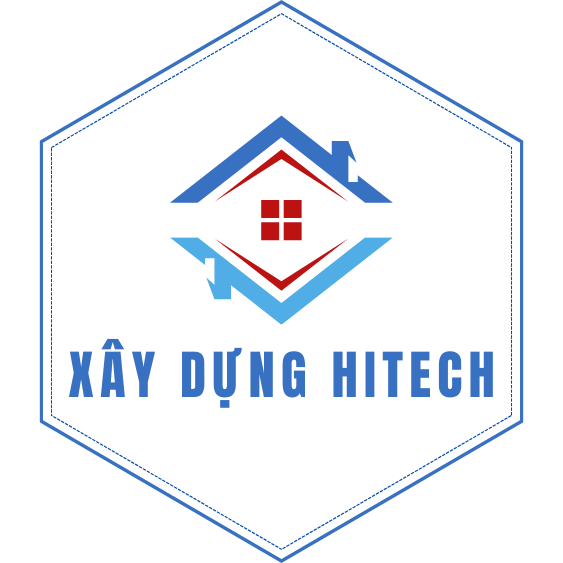Updated 05/26/2025
In an industry where aesthetic presentation can significantly impact a sale, AI technology are completely revolutionizing how properties are presented to potential buyers. Virtual staging—the digital furnishing of property images—has transformed considerably through AI integration, establishing novel advantages for realtors.

The Business Case: Quantifying the Impact of AI Virtual Staging
Recent market analysis from Zillow Research Group demonstrates that professionally staged properties move 73% more quickly compared to homes presented without enhancements. Conventionally, physical staging necessitates expenditures of $3,000-$10,000 for a typical listing, comprising a significant financial barrier for many agents and sellers.
In comparison, AI-powered virtual staging generally runs $29-$99 per room, constituting a financial advantage of roughly 97% compared to physical staging services.
As reported by the Real Estate Staging Association, 82% of buyers’ agents state that staging makes it easier for prospects to envision the property as their future home. With digital AI enhancement, this perceptual benefit is attained at a dramatically reduced expense.
Market analyses from CoreLogic indicate that virtually staged listings generate 61% more views on real estate platforms than non-enhanced listings, directly translating to a greater number of potential buyers and accelerated sales timelines.
Technical Evolution: How Today’s AI Virtual Staging Differs From Previous Solutions
Contemporary virtual staging platforms employ advanced machine learning algorithms that dramatically improve the realism of digital enhancements.
In particular, current generation systems implement convolutional neural networks developed using extensive collections of professional staging examples, allowing the generation of ultra-realistic designs that properly account for architectural constraints.
VHT Studios, a prominent company in the digital enhancement sector, reports that their latest AI system delivers a 98.3% positive rating from real estate professionals for realistic appearance, compared to a 76% rating for legacy solutions.
Innovation breakthroughs in reflection modeling have been particularly significant. State-of-the-art AI digital enhancement tools now incorporate advanced algorithms for processing ambient illumination within properties, facilitating the creation of shadows that properly represent time of day.

Industry leading solutions like Styldod incorporate custom AI systems that can recognize and evaluate room dimensions with exactitude comparable to formal dimensional assessment, attaining a deviation of less than 2%, based on objective analysis by Real Estate Technology Institute.
Strategic Implementation: Tailoring Virtual Staging Benefit From AI Virtual Staging
High-end real estate constitute a particularly lucrative sector for AI virtual staging implementation. Research from Sotheby’s International Realty demonstrates that high-value properties transformed through AI virtual staging sell 30% faster than comparable listings without enhancements.
For luxury properties, tailored aesthetic approaches available through intelligent digital enhancement enable interested parties to imagine various design aesthetics aligned with their personal preferences. Compass Real Estate notes that properties offering varied AI-enhanced visualizations create 48% more showing requests than single-version presentations.
Unoccupied business locations present unique challenges that AI virtual staging efficiently handles. According to Commercial Property Executive, AI-transformed business properties see a 57% decrease in time on market compared to non-enhanced properties.
The multifamily sector has similarly embraced AI virtual staging with measurable benefits. Multifamily units enhanced with virtual furnishing obtain rental premiums of 8-12% and demonstrate a 40% decline in non-occupied timeframes, according to Rental Housing Journal.
Real-World Integration: Overcoming Barriers in AI Virtual Staging
Despite its advantages, successful deployment of AI virtual staging encounters various obstacles. Photography standards constitute a major factor, with many digital platforms demanding professional-grade images to function optimally.
Research conducted by Listing Visuals Consortium indicates that best digital enhancement outcomes require images with entry specifications of 4000 x 3000 pixels with appropriate illumination. Homes documented with substandard cameras experience a 64% increased error frequency by digital enhancement platforms.
Processing constraints continue to present obstacles for certain property types. Atypical structural elements like irregular spaces often perplex current AI algorithms, resulting in a greater incidence of errors that demand professional adjustment.
Ethical requirements present an additional adoption hurdle. Currently, 83% of property associations demand transparent communication that listing images have been virtually staged, as reported by National Association of Realtors.
Non-disclosure AI alterations potentially causes legal liability, with possible sanctions spanning $1,000-$10,000 per undisclosed image in particular areas.
Technological Ecosystem: Combining AI Solutions for Maximum Impact
Particularly effective implementation strategies merge AI virtual staging with related systems to establish complete property marketing ecosystems.
Progressive agencies like eXp Realty are combining digital enhancement technology with interactive floor plans, developing integrated online showcases that enable prospective purchasers to tour homes with AI-enhanced environments.

Industry metrics from PropTech Analytics shows that properties featuring integrated digital enhancements attract 385% higher engagement than homes employing standard photography alone.
Combination with client management software constitutes a further market benefit. Innovative real estate companies are employing AI capabilities to track what visual presentations produce greatest interest from particular client segments.
For example, NextGen Real Estate notes that their specialized solution integrating digital enhancement with data tracking has identified that millennial buyers exhibit 43% increased response with simplified current aesthetics, while older client segments favor classic interiors by a difference of 37%.
Computational systems are also revolutionizing the property recommendation process. Via processing prospect response metrics with various virtual designs, advanced algorithms can determine what homes would interest to individual clients, increasing closed transactions by 27% as reported by PropTech Implementation Association.
Future Developments: What’s Next for AI Virtual Staging
Industry analysts project numerous important advancements in property visualization platforms within the near future.
Customization functions constitute a major advancement area. Next-generation systems from providers like BoxBrownie will include adaptive technologies that analyze client interests to create tailored visualizations aligned with specific preferences.
As forecasted by PropTech Future Trends, deployments of these personalized systems will improve sales metrics by an projected 28-32% compared to existing methods.
Augmented reality integration forms another significant development anticipated to transform the virtual staging landscape. Major companies such as Apple are developing AR platforms that will enable prospective purchasers to visualize AI-staged properties using smartphones while actually visiting at properties.
Early evaluations of these augmented reality platforms indicate a 47% increase in client decisiveness compared to traditional viewing experiences, as reported by Mixed Reality Housing Initiative.
An additional innovation involves combining property visualization systems with anticipatory modeling to revolutionize property valuation techniques. Sophisticated platforms from companies like ClearCapital are starting to leverage computational models that assess how specific staging styles influence transaction amounts.
Preliminary data suggest that properties staged with analytics-based visuals tailored to regional aesthetic trends obtain value increases of 5.7-8.3% compared to conventional methods, possibly contributing substantial sums to seller proceeds.
Practical Implementation: Strategic Recommendations for Real Estate Professionals
For property marketers looking to deploy AI virtual staging productively, field authorities advise a structured approach.
Initially, conducting a cost-benefit analysis is essential. Although digital enhancement costs significantly less than physical staging, optimal results demands budgeting for quality photography. Leading firms generally budget $300-$500 per home for expert visual documentation to provide superior digital enhancement outcomes.
Second, establishing clear policies for clarity and forthrightness about AI modifications avoids regulatory complications. Successful firms uniformly incorporate explicit statements on each property presentation indicating that photographs are AI-modified.
Additionally, thoughtful combination of digital enhancement with supporting systems maximizes impact. Market analysis from Housing Technology Association indicates that listings incorporating digital staging and virtual walkthroughs generate 86% higher serious inquiries than properties using isolated applications.
Ultimately, keeping real homes in state that matches digital enhancements continues to be critical. Prospective purchasers who view listings expecting environments matching virtual representations but find significant discrepancies demonstrate a 68% reduced probability of making offers, as reported by Real Estate Consumer Experience Survey.
Conclusion: The Competitive Imperative of AI Virtual Staging
As housing commerce continues to evolve, AI virtual staging represents not merely a budget-friendly option but a market essential for realtors striving to optimize property appeal.
Given measurable effects on listing duration, client response, and transaction values, adoption of such solutions provides measurable benefits that directly impact bottom-line results.
While machine learning functions progressively improve, pioneering users who develop proficiency in employing these solutions situate their businesses for ongoing market leadership in an increasingly digital real estate landscape.

